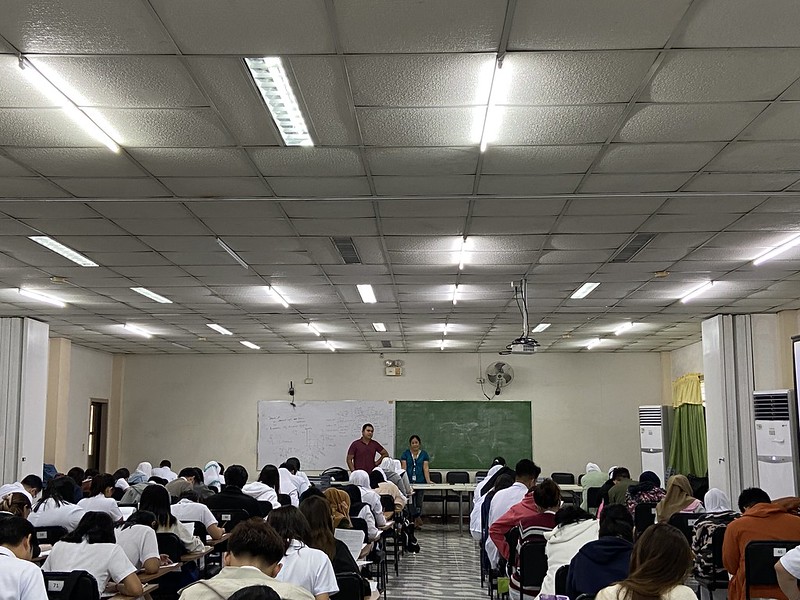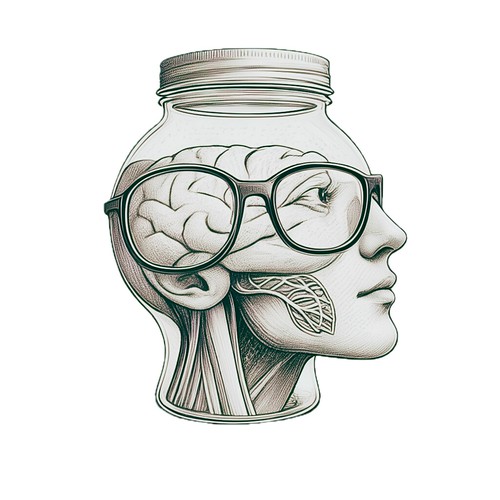Two-way learning

Learning is two-way. After lectures, I invite my students to ask questions. They signal a form of curiosity, if not comfort, that my students can come to me with things they're fascinated with or puzzled about.
Yesterday, after my morning summary lecture on genomic technology and carcinogenesis inspired by Siddharta Mukherjee's All the Carcinogens We Cannot See in The New Yorker—an interesting title which plays around with Anthony Doerr's All the Light We Cannot See—my students asked questions.
The first was about HeLa cells, a cell line derived from then-31-year old African American Henrietta Lacks who had cervical cancer. What is the specific mutation in HeLa? I said I didn't know exactly and I'd get back to them. (Active telomerase and aberrant chromosome structures are what I learned from my after-lecture readings.) I also told my students that there's a book (The Immortal Life of Henrietta Lacks by Rebecca Skloot) and a movie.
The second was about whales and why they do not develop cancers more frequently than humans. The idea is that the more cells the organism has, the higher the chances of mutations to occur, and therefore the greater the chance of carcinogenesis. I heard about Peto's Paradox for the first time. It describes the "lack of correlation between body size and cancer risk." My first reaction to my student was, "Can you spell that out for me?" And my student, holding the microphone close to his mouth, spelled "Peto" for me. My second reaction: I said I loved whales. I'm truly fascinated by them. There's Hvaldimir, a beluga whale who escaped captivity and became a global celebrity. And there's the study on whale sounds using artificial intelligence. Those were totally unrelated responses, but my students seemed to like them.
Preparing lectures is my excuse to unite my reading interests. Everything seems so connected.
After the plenary, I was tasked to stand as proctor as my students answered their problem set—a 30-item multiple choice exam. I roamed around the lecture hall. A hundred percent of the students I approached either blushed or smiled at me as I looked at their papers at the moment they were shading their answers.
After the plenary, I was tasked to stand as proctor as my students answered their problem set—a 30-item multiple choice exam. I roamed around the lecture hall. A hundred percent of the students I approached either blushed or smiled at me as I looked at their papers at the moment they were shading their answers.
(In the photo: Sir John and Ma'am Jean, staff members of the College of Medicine, helping me with my proctoring duties.)
Labels: books/reading, daily, medicine

0 Comments:
Post a Comment
<< Home